Even red list species are being exported under the claim that they are captive bred despite the lack of breeding facilities in the archipelago. Amazingly, CITES is actually getting on the case after the practice has been going on for only ten years…
Recent Posts
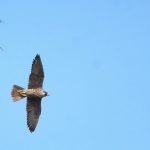 The Pilgrim FalconBy Paul Lewis
The Pilgrim FalconBy Paul Lewis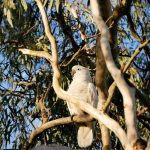 The Vivacious Life of the Sulphur-Crested CockatooBy Sanjana Raj
The Vivacious Life of the Sulphur-Crested CockatooBy Sanjana Raj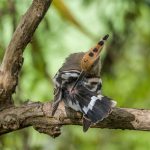 The Chemistry of Birds (21): Feather UpkeepBy Kai Pflug
The Chemistry of Birds (21): Feather UpkeepBy Kai Pflug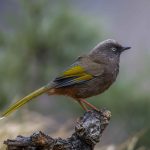 Three Photos: Laughing At You, Not With YouBy Kai Pflug
Three Photos: Laughing At You, Not With YouBy Kai Pflug Industrial Birding At Its BestBy Peter
Industrial Birding At Its BestBy Peter The Chukar SituationBy Jochen
The Chukar SituationBy Jochen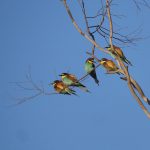 Birds for wine lovers (or wines for bird lovers)By David T
Birds for wine lovers (or wines for bird lovers)By David T
Posting Calendar
| DAY | WRITER(S) | SERIES (weekly) |
|---|---|---|
| MON | Kai (w) | Birding Lodges |
| TUE | Donna (m) Susan (m) Hannah (m) Fitzroy (m) Grace (m) | Bird Guides |
| WED | Leslie (bw) Faraaz (bw) | Ask a Birder |
| THU | Paul (w) Cathy (bw) | Birder’s Lists |
| FRI | David (w) | Species Spotlight |
| SAT | Peter (bw) Luca (bw) | From the Archives |
| SUN | Clive (w) Sanjana (m) | Three Photos |
| w weekly, bw biweekly, m monthly | ||
| Any time: Jason, Mark, John, Sara, Rolf, Dragan | ||
See here for info on the writers.
Newsletter
Signup and receive notice of new posts!
Thank you!
You have successfully joined our subscriber list.





That is sad. We lived in Solomon Islands several years ago and I often saw pet birds being sold in the market, but that was just one or two at a time. Villagers sometimes would have a lorikeet attached by one leg to a strung wire. I also have an “accidental” photo of an escaped pet cockatoo attacking my toddler–what started as a friendly encounter on the veranda got a bit nasty and I had to push the bird off my baby’s head! Those were my pre-birding days, but think how big my life list would be if I had paid attention back then!